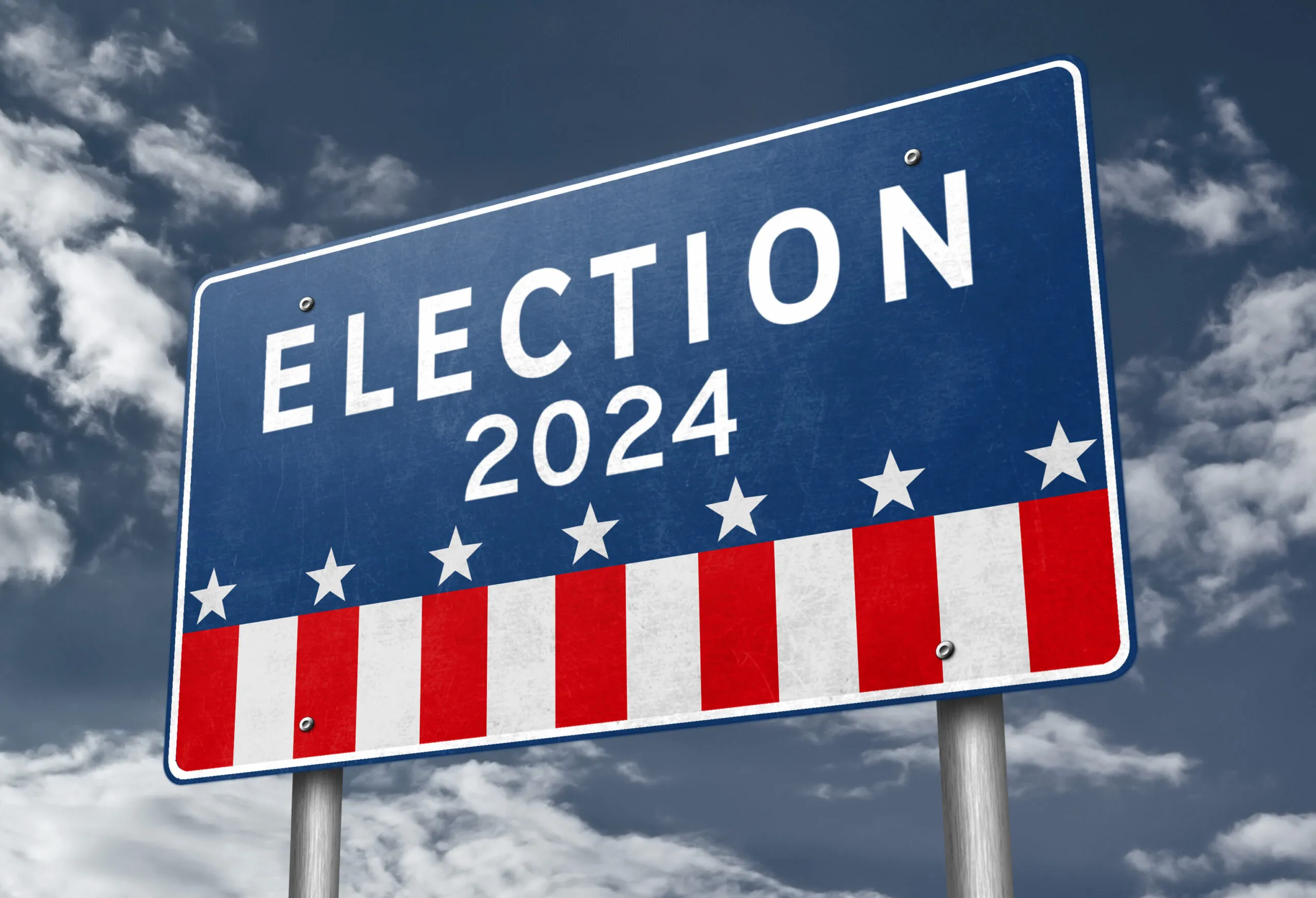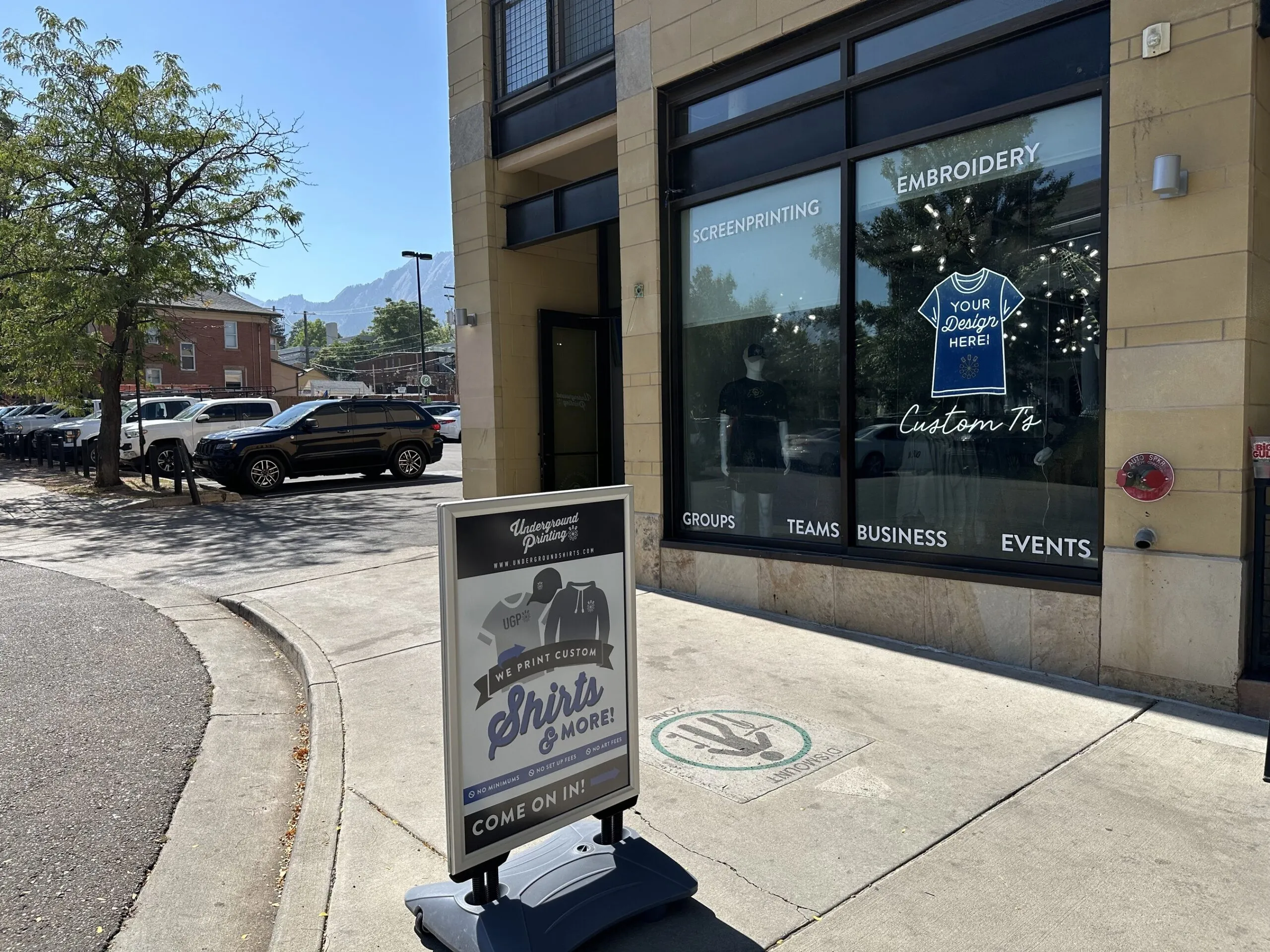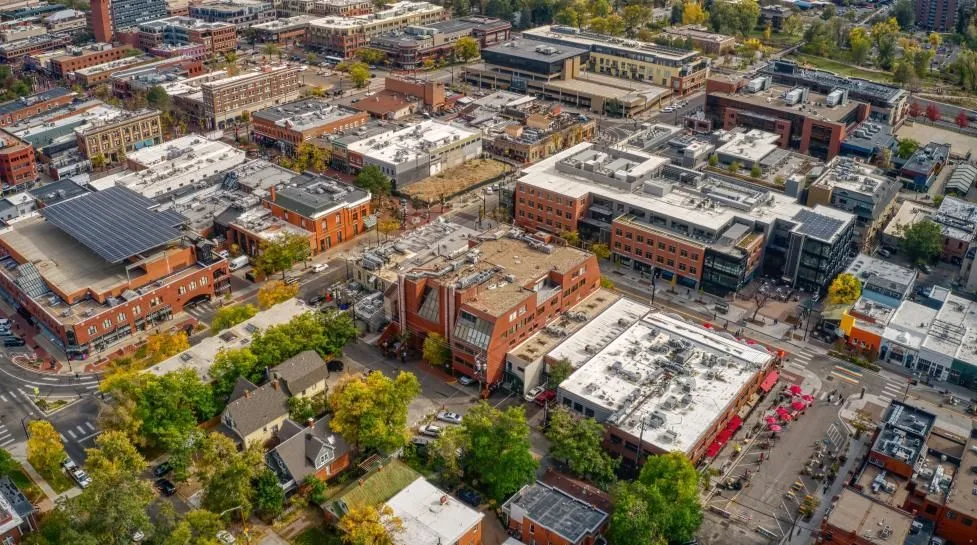Tayer: Transportation issues call for reimagined RTD
If you’ve had a bad day, there isn’t a much better way to blow-off steam than to complain about government. Why not? Somehow the caricatured image of hapless bureaucrats and self-serving politicians just makes government an easy target for disparagement, disgruntlement and frustration.
Recently, the Regional Transportation District, with its rash of challenges ranging from driver shortages and reduced service to personal safety concerns, has been a favorite target of our wrath. It would be easy to pile-on in this column, but I refrain . . . because the transit services RTD provides are far too important to our environment, social…
THIS ARTICLE IS FOR SUBSCRIBERS ONLY
Continue reading for less than $3 per week!
Get a month of award-winning local business news, trends and insights
Access award-winning content today!





